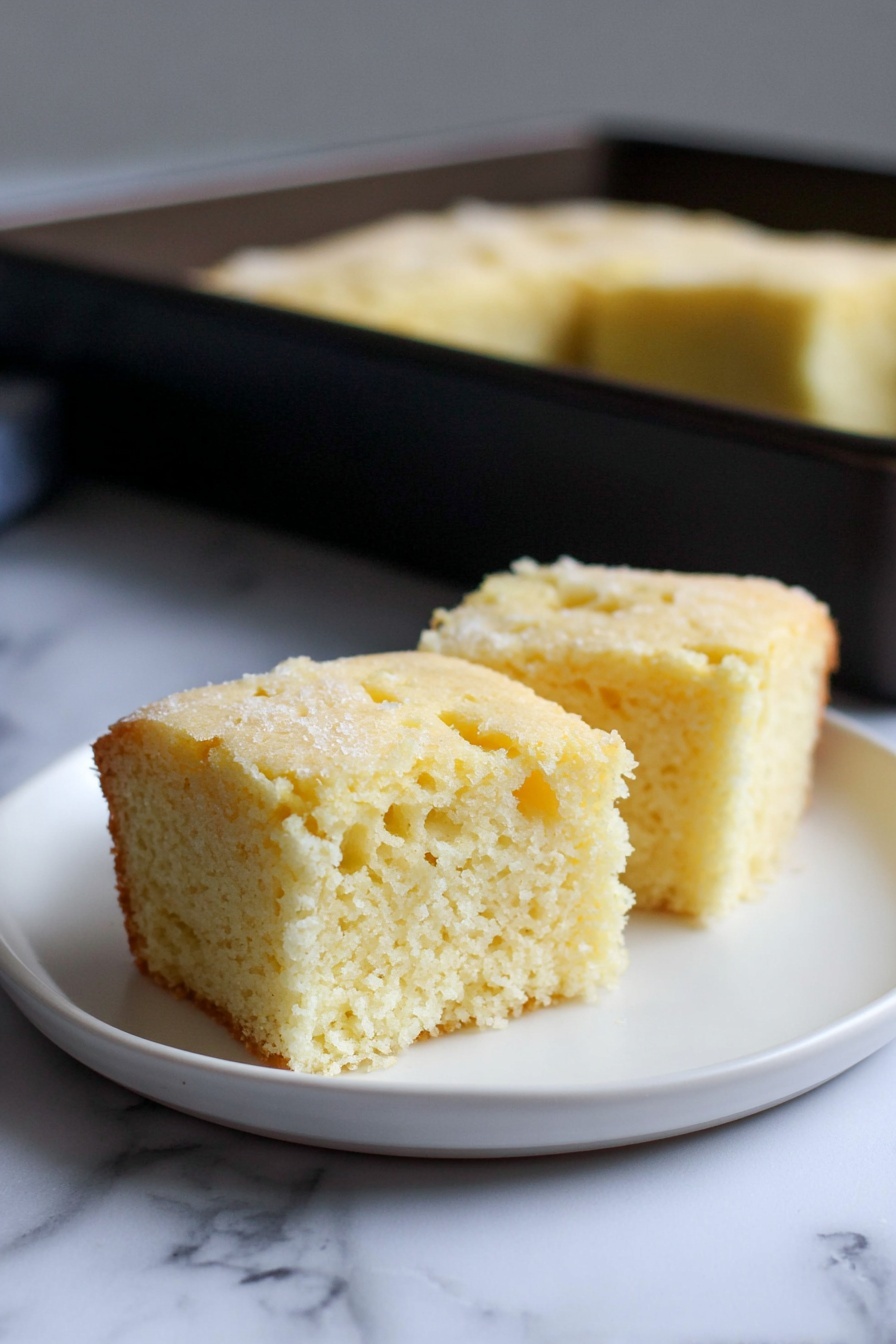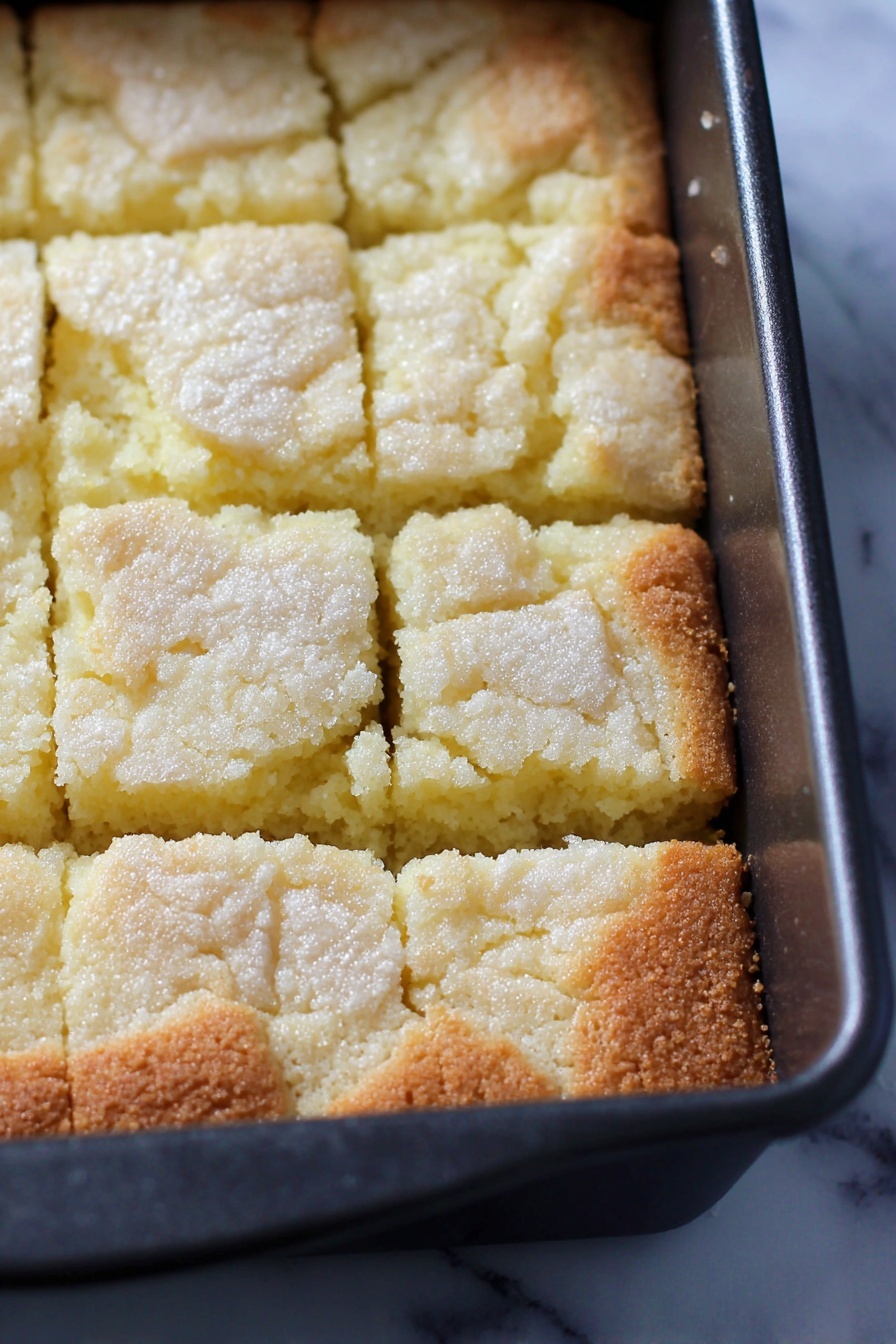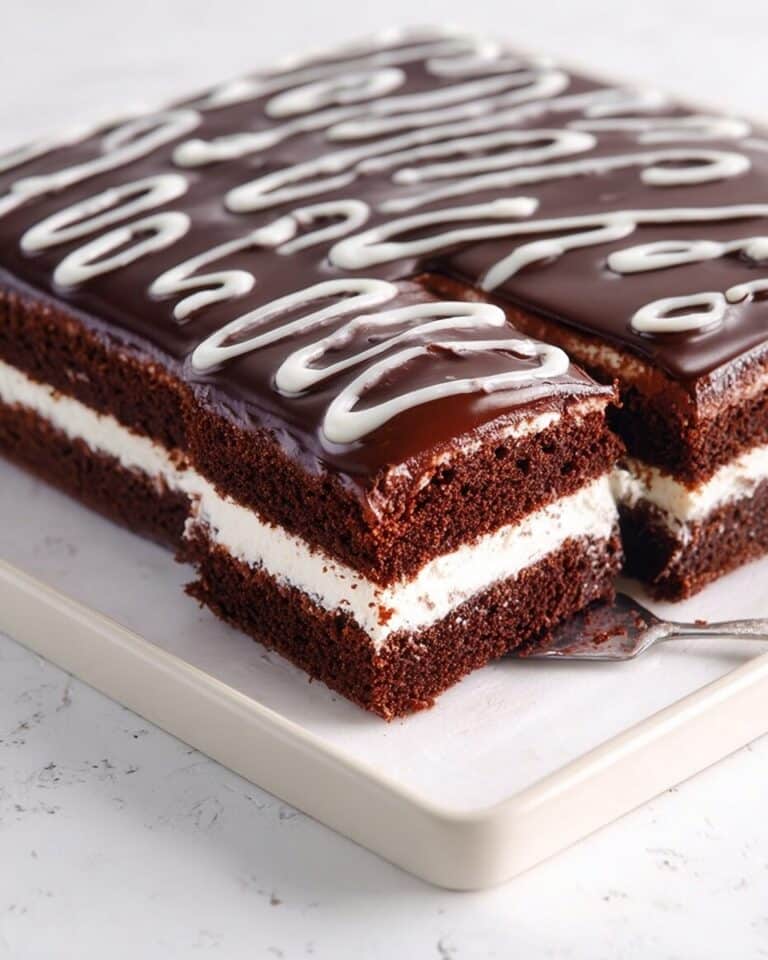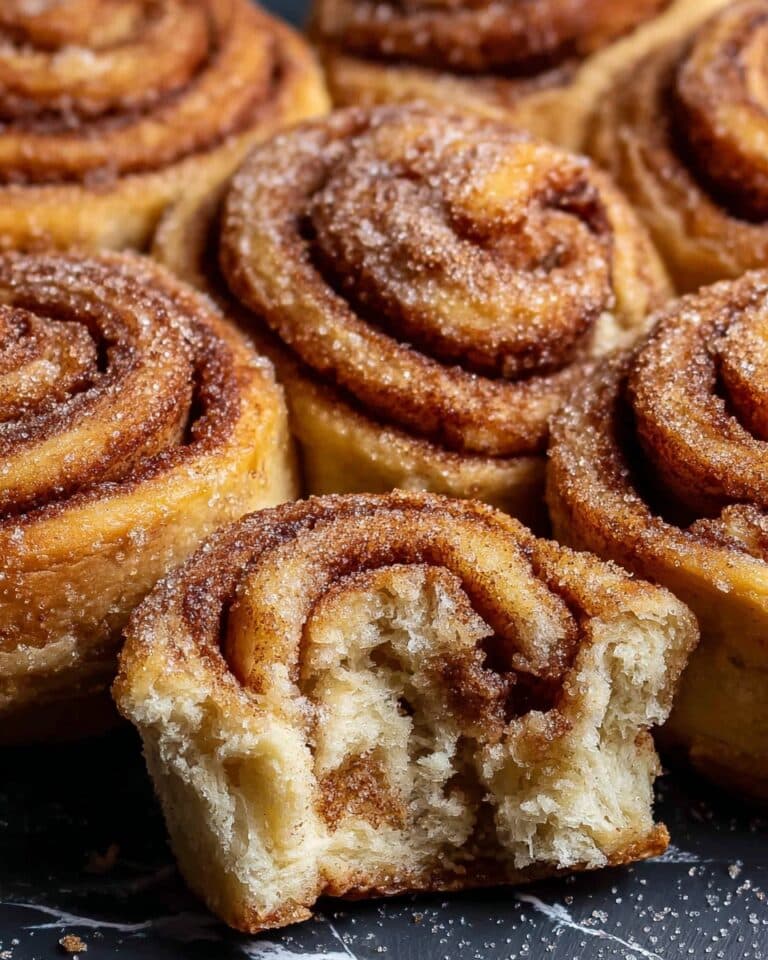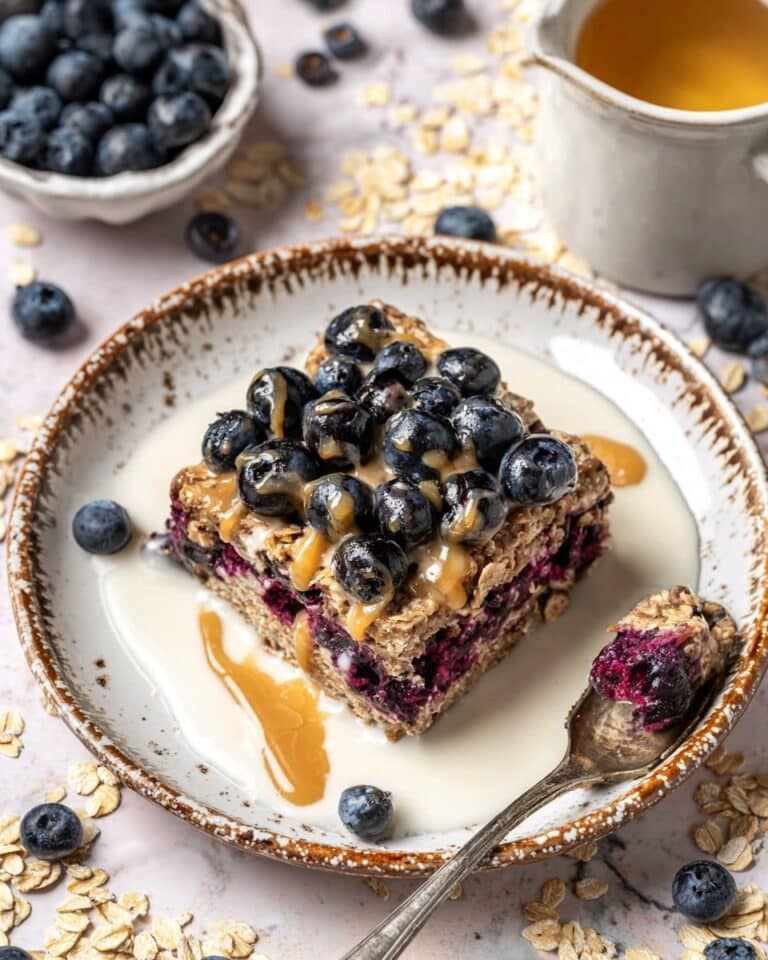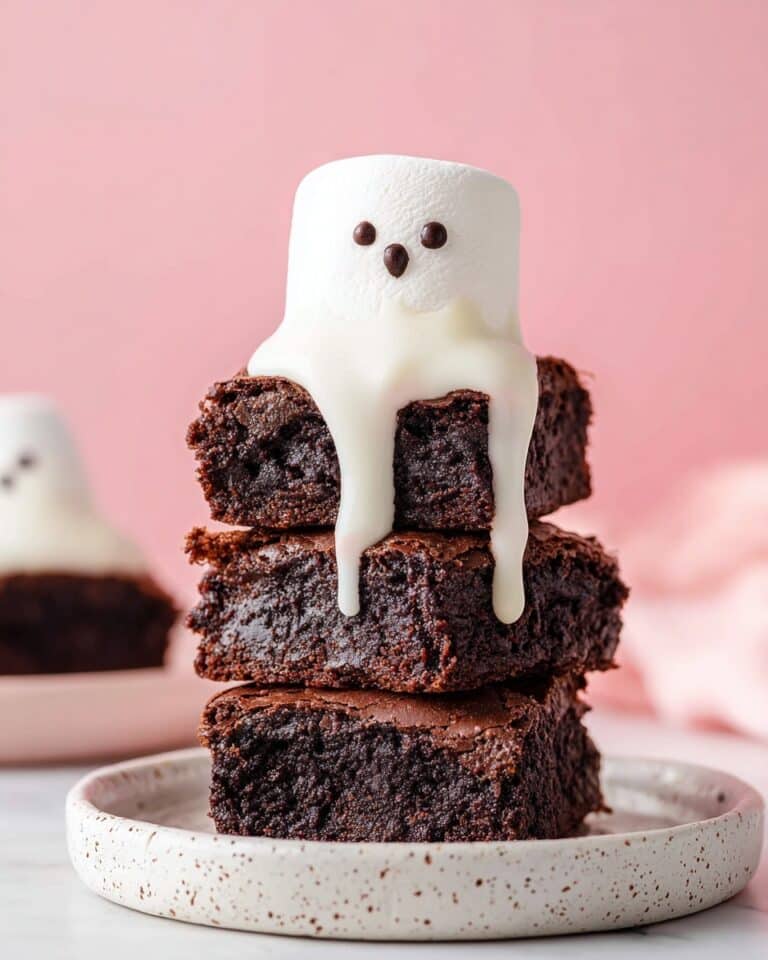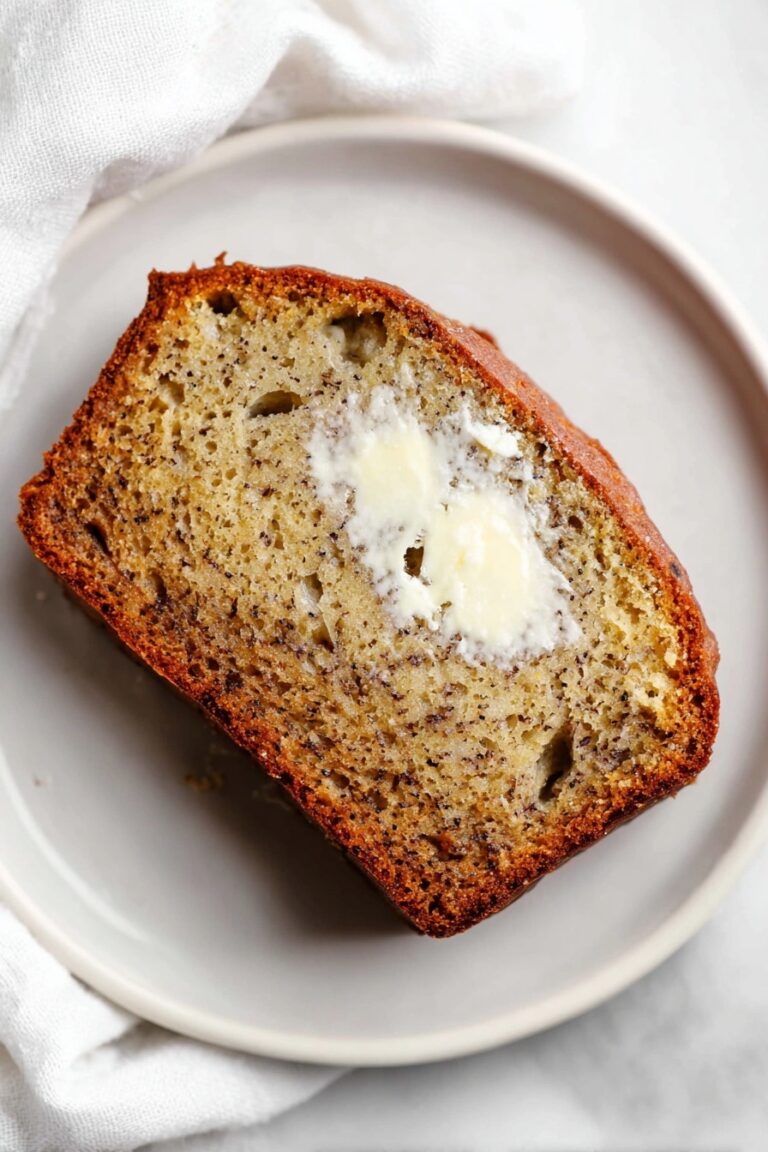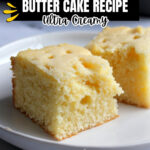Creamy Butter Cake Recipe
If you’ve ever craved a cake that’s nothing short of pure comfort wrapped in buttery goodness, then this Creamy Butter Cake Recipe will be your new go-to. It’s that perfect balance of fluffy and rich, with a tender crumb that practically melts in your mouth. I promise, once you try this cake, you’ll get why it’s such a beloved classic — and why I’m excited to share my favorite ways to make it just right every time.
Why This Recipe Works
- Perfect Texture: The melted butter combined with sour cream creates an ultra-moist, tender crumb.
- Simple Ingredients: No fancy add-ins, just pantry staples that come together beautifully.
- Easy Technique: Minimal mixing to keep it light and airy without fuss.
- Versatility: Great on its own, but also a superb base for toppings or tweaks.
Ingredients & Why They Work
Each ingredient in this creamy butter cake recipe has a special role to play, creating the ideal texture and flavor harmony. When shopping, aim for fresh eggs and good-quality butter to really elevate the final taste.
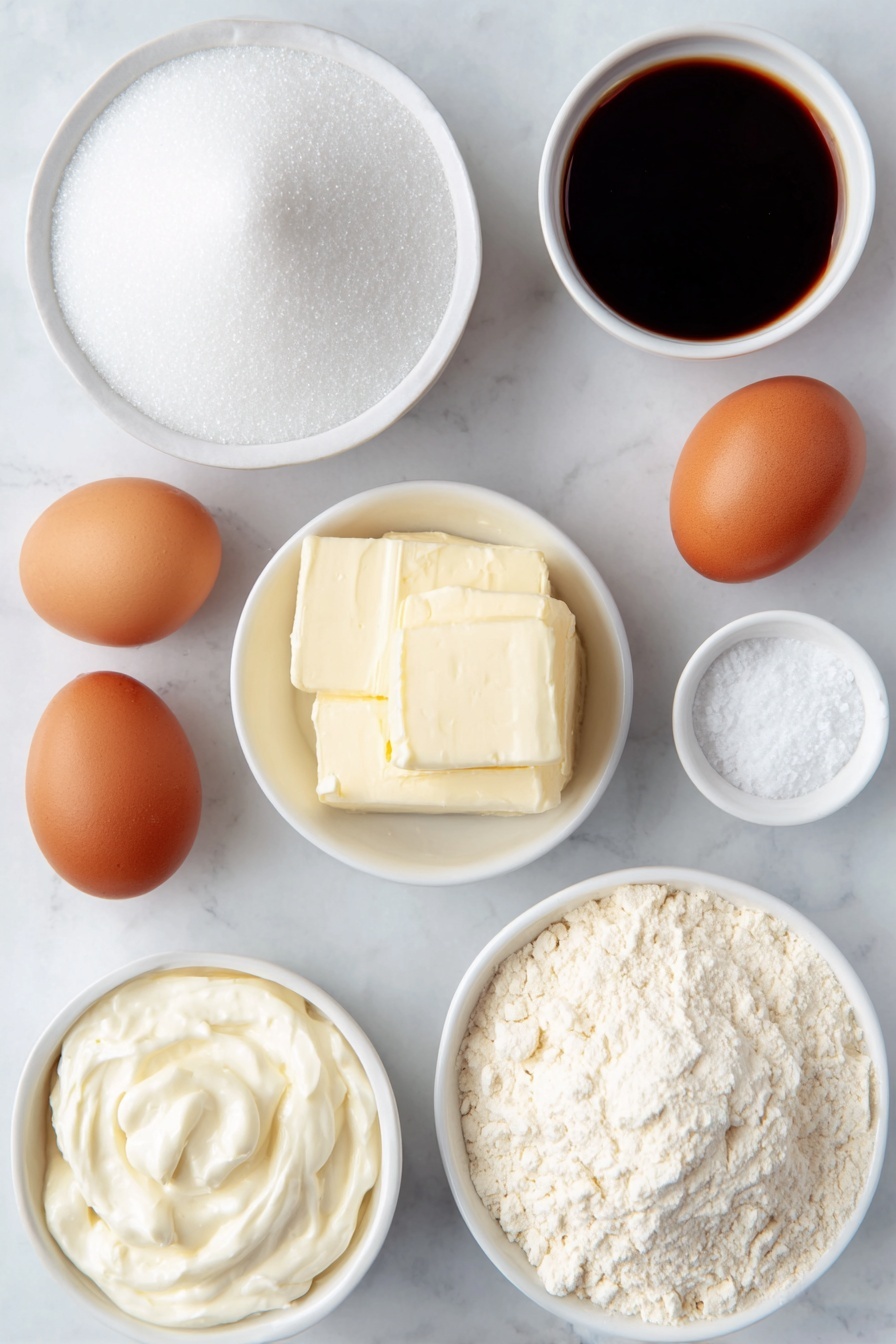
- Granulated sugar: Adds sweetness and helps create a light, airy batter when creamed with butter.
- Unsalted butter: I always melt mine slightly to get that luxuriously moist texture, but room temperature works too.
- Eggs: Room temperature eggs mix better with butter and sugar, trapping more air for fluffiness.
- Vanilla extract: Amplifies flavor and adds a warm, inviting aroma.
- Cake flour: Keeps the crumb soft and tender, preventing toughness.
- Baking powder: The leavening agent that gives your cake lift and fluff.
- Salt: Balances the sweetness and enhances deeper flavors.
- Sour cream: The magic ingredient that adds moisture and a subtle tang, making the cake irresistibly moist.
- Extra granulated sugar for topping: Creates a delicate, crackly crust that adds a wonderful texture contrast.
Make It Your Way
One of the reasons I keep coming back to this creamy butter cake recipe is how easy it is to make it your own. Whether you want to amp up the flavor or lighten it up, a few tweaks can make this cake fit your mood perfectly.
- Variation: I’ve tried swapping sour cream for Greek yogurt when I wanted a tangier punch — it worked beautifully and kept the cake moist.
- Gluten-free option: Using a gluten-free cake flour blend can work well here—just be careful not to overmix to avoid any density.
- Flavor boosts: Adding a tablespoon of almond extract along with vanilla makes the cake feel extra special for celebrations.
- Portion size: I sometimes bake this in a loaf pan for easy slicing and gift-giving.
Step-by-Step: How I Make Creamy Butter Cake Recipe
Step 1: Prep Your Space and Ingredients
First things first, preheat your oven to 350°F (175°C) and grease your 9×9-inch baking dish. I like to use a combination of butter and a dusting of flour for the pan to make sure the cake lifts out cleanly. Also, make sure your eggs are at room temperature — it really helps the batter come together smoothly.
Step 2: Create the Light and Airy Butter Mixture
In a large mixing bowl, combine the granulated sugar and melted butter. Using an electric mixer, beat for about one minute until the mixture looks a little lighter and fluffier. This is key to getting that soft crumb, so don’t rush this step!
Step 3: Add Eggs and Vanilla Gradually
Add your eggs one at a time, mixing well after each addition. This helps the batter stay emulsified and prevents it from breaking. Once the eggs are well incorporated, pour in the vanilla extract and give it a final mix.
Step 4: Combine Dry Ingredients and Mix Just Enough
In a separate bowl, sift together cake flour, baking powder, and salt. Slowly add this dry mix into your wet ingredients and stir gently until just combined. Overmixing here can make your cake tough — so folding it in carefully is the secret to keeping it tender.
Step 5: Fold in the Sour Cream
Gently fold the sour cream into your batter. This adds moisture and richness that sets this creamy butter cake apart. Make sure it’s evenly incorporated but don’t overwork it.
Step 6: Bake with a Sweet Topping
Pour the batter into your prepared pan and sprinkle the remaining granulated sugar over the top. This little extra touch caramelizes in the oven, giving a slightly crunchy, sweet crust. Pop the cake into your preheated oven and bake for 30-35 minutes until a toothpick inserted in the center comes out clean.
Step 7: Cool Before Serving
Once baked, allow the cake to cool completely in the pan before slicing. Trust me, this step helps the cake set and makes cutting neat slices a breeze — plus, it lets that buttery flavor settle in.
Tips from My Kitchen
- Butter Temperature: Slightly melt butter instead of fully liquid—it mixes easier but retains some body for fluffiness.
- Don’t Overmix: When adding flour, fold gently; overmixing develops gluten and makes the cake dense.
- Rest Batter Briefly: I sometimes let the batter sit 5 minutes before baking to let the sour cream integrate fully.
- Sugar Topping Magic: That last sprinkle of sugar is a simple trick that adds delicious texture—don’t skip it!
How to Serve Creamy Butter Cake Recipe
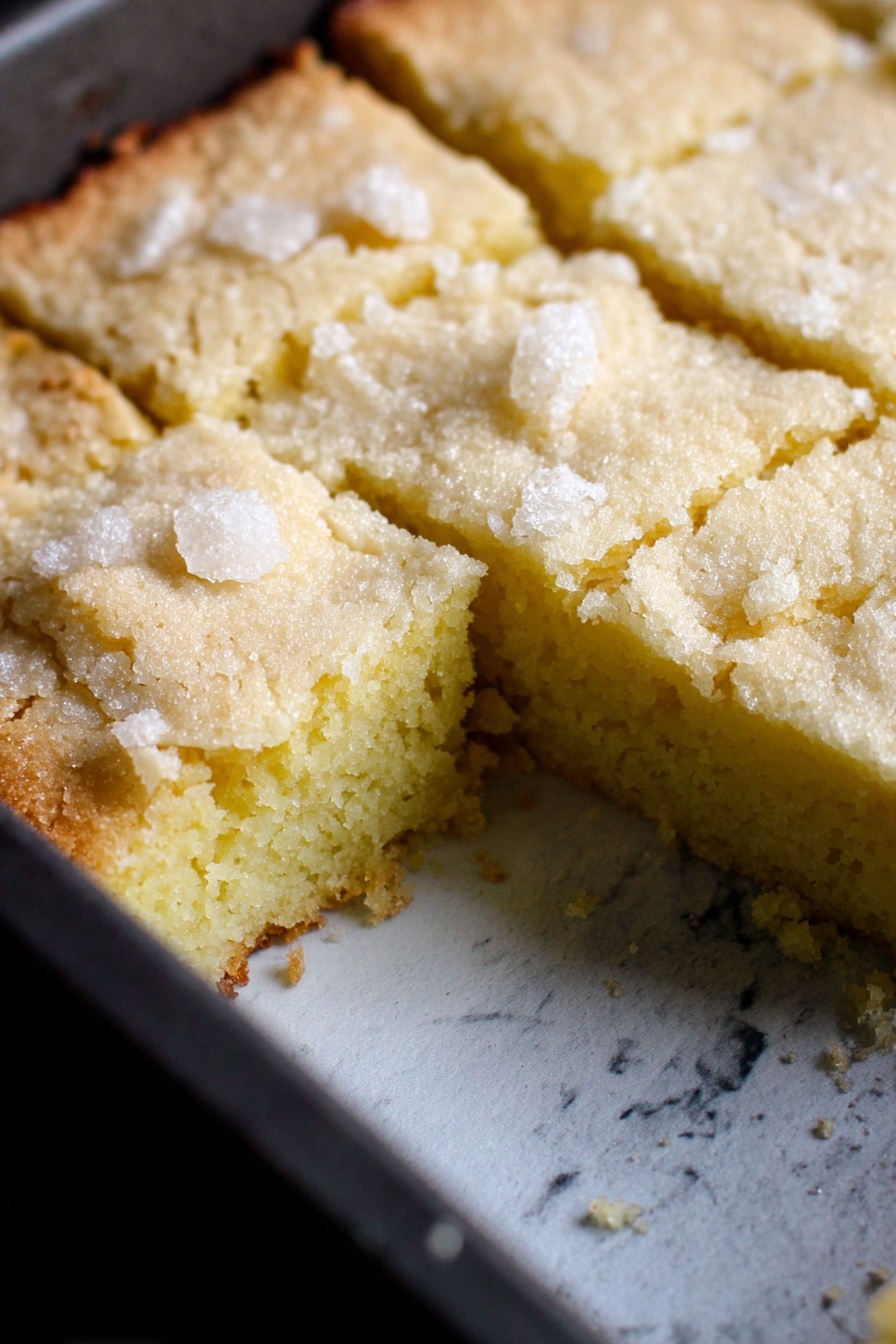
Garnishes
I like to keep it simple with a dusting of powdered sugar or a drizzle of honey for a bit of sheen. Fresh berries or a spoonful of whipped cream on the side elevate the cake without overpowering its buttery richness.
Side Dishes
This cake pairs wonderfully with a hot cup of coffee or tea, which helps balance its sweet richness. For brunch, serve alongside fresh fruit or a light salad to add brightness to the plate.
Creative Ways to Present
For birthdays or celebrations, I’ve topped this cake with a simple glaze or even fresh edible flowers for an elegant look. Layering it with whipped cream and fruit for a trifle is another fun twist I enjoy when entertaining.
Make Ahead and Storage
Storing Leftovers
I usually store leftover cake in an airtight container at room temperature for up to 3 days — it actually tastes better the next day once the flavors meld. Just keep it away from direct sunlight and humidity.
Freezing
This buttery cake freezes beautifully wrapped tightly in plastic wrap and foil. When I want a treat later, I pull it out, thaw overnight in the fridge, and it tastes almost as fresh as when baked.
Reheating
To warm leftovers, I find popping a slice in the microwave for 10-15 seconds revives that soft, creamy texture. For a slight crispness, a quick minute in a toaster oven works wonders too.
FAQs
-
Can I use all-purpose flour instead of cake flour in the Creamy Butter Cake Recipe?
You can substitute all-purpose flour, but the cake might be a touch denser and less tender since cake flour has less protein. If you use all-purpose, try sifting it well and maybe remove a tablespoon or two to approximate cake flour’s lighter texture.
-
What’s the best way to ensure my Creamy Butter Cake is moist every time?
Using melted butter and sour cream together is the key to moistness in this recipe. Also, don’t overbake it — start checking for doneness around 30 minutes by inserting a toothpick; it should come out mostly clean with a few crumbs.
-
Can I make this cake dairy-free or vegan?
While this recipe relies on butter, eggs, and sour cream, you could experiment with dairy-free butter substitutes and plant-based sour cream alternatives. For vegan eggs, flax or chia seeds can work, but the texture will vary. I recommend testing smaller batches for best results.
-
Why do I sprinkle sugar on top before baking?
The sprinkle of sugar on top caramelizes in the oven, creating a delicate sweet crust that contrasts the soft cake inside — it’s a little trick I learned that always impresses guests!
Final Thoughts
This Creamy Butter Cake Recipe has won a special spot in my baking repertoire because it’s so reliably delicious and endlessly adaptable. Whether you’re baking for everyday sweetness or a special occasion, it has this comforting charm that makes people smile. Give it a try — I have a feeling you’ll love the way it feels to slice into that golden, buttery goodness, just like I do.
Print
Creamy Butter Cake Recipe
- Prep Time: 10 minutes
- Cook Time: 35 minutes
- Total Time: 45 minutes
- Yield: 16 servings
- Category: Dessert
- Method: Baking
- Cuisine: French
Description
A rich and buttery French Butter Cake with a tender crumb, featuring a moist texture from sour cream and a delightful sugary topping. Perfect for serving with tea or coffee, this classic cake is simple to prepare and sure to impress.
Ingredients
Main Ingredients
- 1 cup granulated sugar
- 1 cup unsalted butter (2 sticks), melted
- 3 eggs, room temperature
- 2 ½ teaspoons vanilla extract
- 2 cups cake flour
- 2 teaspoons baking powder
- 1 teaspoon salt
- ⅔ cup sour cream
- 2 tablespoons granulated sugar, for topping
Instructions
- Preheat oven and prepare baking dish: Preheat your oven to 350 degrees F and grease a 9×9-inch baking dish thoroughly to prevent sticking.
- Mix sugar and butter: In a large mixing bowl, combine 1 cup granulated sugar and melted butter. Beat for about 1 minute until the mixture is light and airy, which helps create a tender cake texture.
- Add eggs and vanilla: Add the eggs one at a time, mixing well after each addition to ensure they are fully incorporated. Then, add the vanilla extract and blend thoroughly.
- Sift dry ingredients and combine: In a separate small bowl, sift together cake flour, baking powder, and salt. Gradually add this dry mixture to the wet ingredients, mixing gently until just combined to avoid overworking the batter.
- Fold in sour cream: Gently fold in the sour cream to the batter, which adds moisture and richness, making the cake tender and moist.
- Transfer batter and add topping sugar: Pour the batter into the prepared baking dish, spreading it evenly. Sprinkle the 2 tablespoons of granulated sugar evenly over the top to create a sweet, crunchy crust.
- Bake the cake: Bake in the preheated oven for 35 minutes or until a toothpick inserted into the center comes out clean, indicating the cake is fully baked.
- Cool and serve: Allow the cake to cool completely before slicing to ensure clean cuts and the best texture. Serve and enjoy your rich French Butter Cake.
Notes
- Ensure eggs are at room temperature for better incorporation and a fluffier cake.
- Use cake flour for a finer, softer crumb; all-purpose flour can be substituted but may yield a denser cake.
- Do not overmix batter once dry ingredients are added to keep the cake tender.
- Cooling the cake before slicing prevents it from crumbling.
- Sour cream adds moisture and richness; you can substitute with Greek yogurt if needed.
Nutrition
- Serving Size: 1 slice
- Calories: 320 kcal
- Sugar: 25 g
- Sodium: 220 mg
- Fat: 20 g
- Saturated Fat: 12 g
- Unsaturated Fat: 7 g
- Trans Fat: 0 g
- Carbohydrates: 30 g
- Fiber: 1 g
- Protein: 4 g
- Cholesterol: 95 mg

